As the UK looks to Brexit, should investors get into Europe?
Many experts and fund managers are forecasting that Europe could be the place for investors to be over the next few years.
Certainly, retail investors seem to have been listening. In August, according to the Investment Association, Europe (excluding the UK) was the best-selling sector attracting net inflows of £507m. Global funds were the second most popular sector attracting £347m.
The figures show that it was a record month for the industry, with funds under management growing to almost £1.2 trillion. UK-focused funds experienced a net retail outflow of £1.4bn, while non-UK equity funds received £7.9bn in new retail money.
This is a bit of a turnaround for Europe, which has been in the doldrums over the past few years, and had been plagued with much negative sentiment. There was also a fair bit of uncertainty hanging over it at the start of 2017, with a series of upcoming elections and anti-EU parties to the fore. These all seem to have been fairly well circumnavigated, the Catalan referendum aside.
The upshot is that Europe is being forecast to grow faster than the UK and is expected to deliver 30% returns to investors in three years, according to Schroders.
So why has Europe suddenly become the place to invest, after years of negative views?
The first reason is simply that - a change of sentiment. Following the Dutch election and then Emmanuel Macron’s victory in France, private investors have become more confident about Europe than the UK. In addition, several institutional investors are reallocating funds from the US to Europe.
But there is substance to it as well. Driven partly by Draghi and the European Central Bank’s (ECB) quantitative easing programme, the economic outlook for many European countries is getting brighter, and the eurozone has grown twice as fast as the UK in recent months. Unemployment is also at an eight-year low whilst inflation looks under control.
Europe has always had a range of world-leading companies as well as smaller but dynamic companies, so to some extent this is not surprising. Many of these have posted excellent earnings results in the first half of 2017 and this has seen European stock markets rise impressively.
Perhaps more importantly, European stocks still look good value. You can gauge how cheap markets are by their price to earnings ratio (p/e ratio). A slightly more sophisticated method is to use the cyclically adjusted price to earnings (‘CAPE’) ratio. This compares companies’ average annual earnings over 10 years (adjusted for inflation) with their share price. Investing in shares or markets with low CAPE valuations tends to result in higher returns in the long-term, although this is not guaranteed. Currently, European equities are trading well below their long-term average valuations, so this looks good going forward.
As with any market, there are a wide range of European funds to choose from, covering different parts of the market. So if you are looking either to invest or increase your exposure in Europe, talk to Kellands first.
